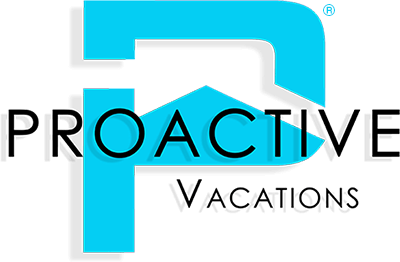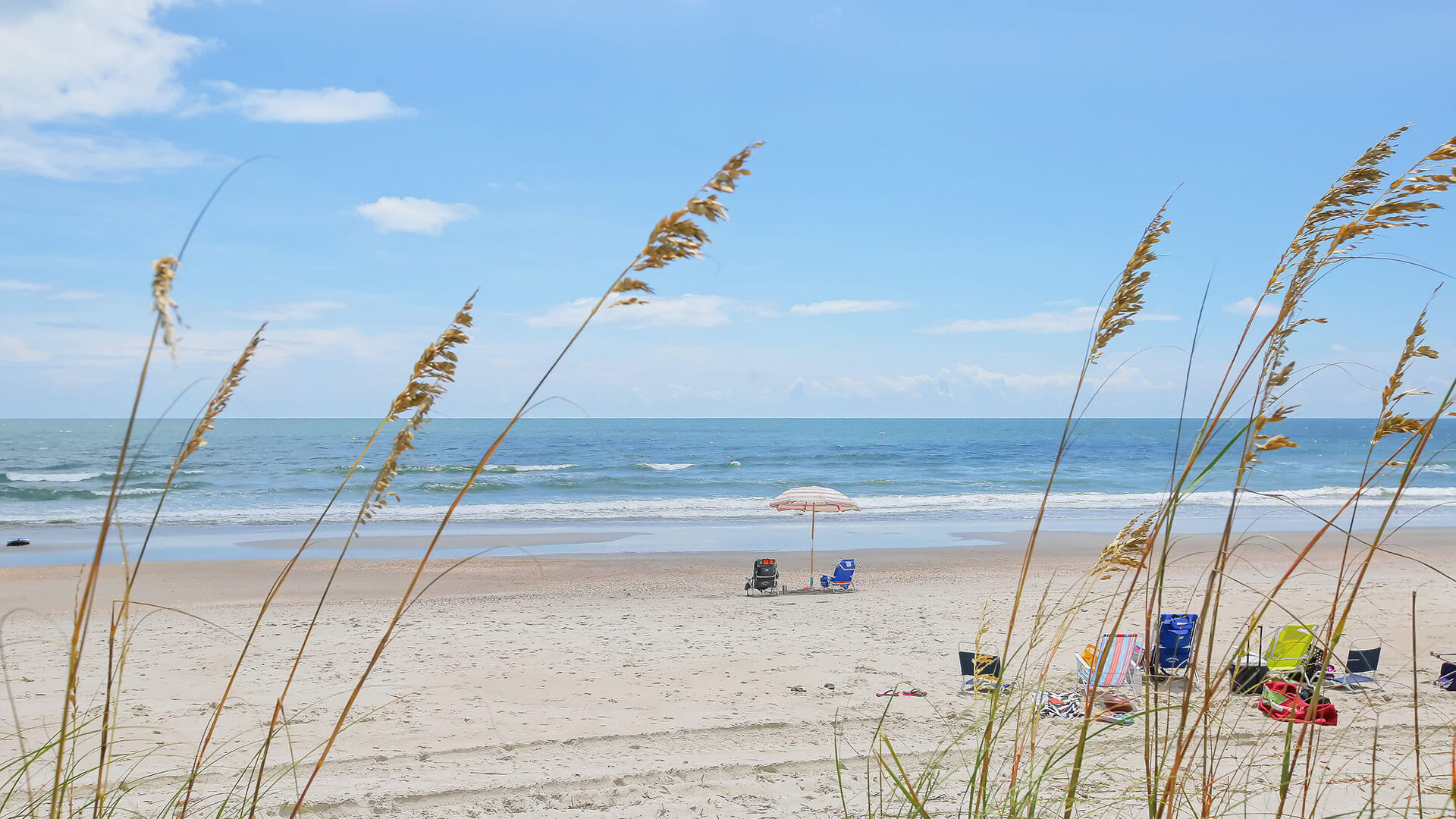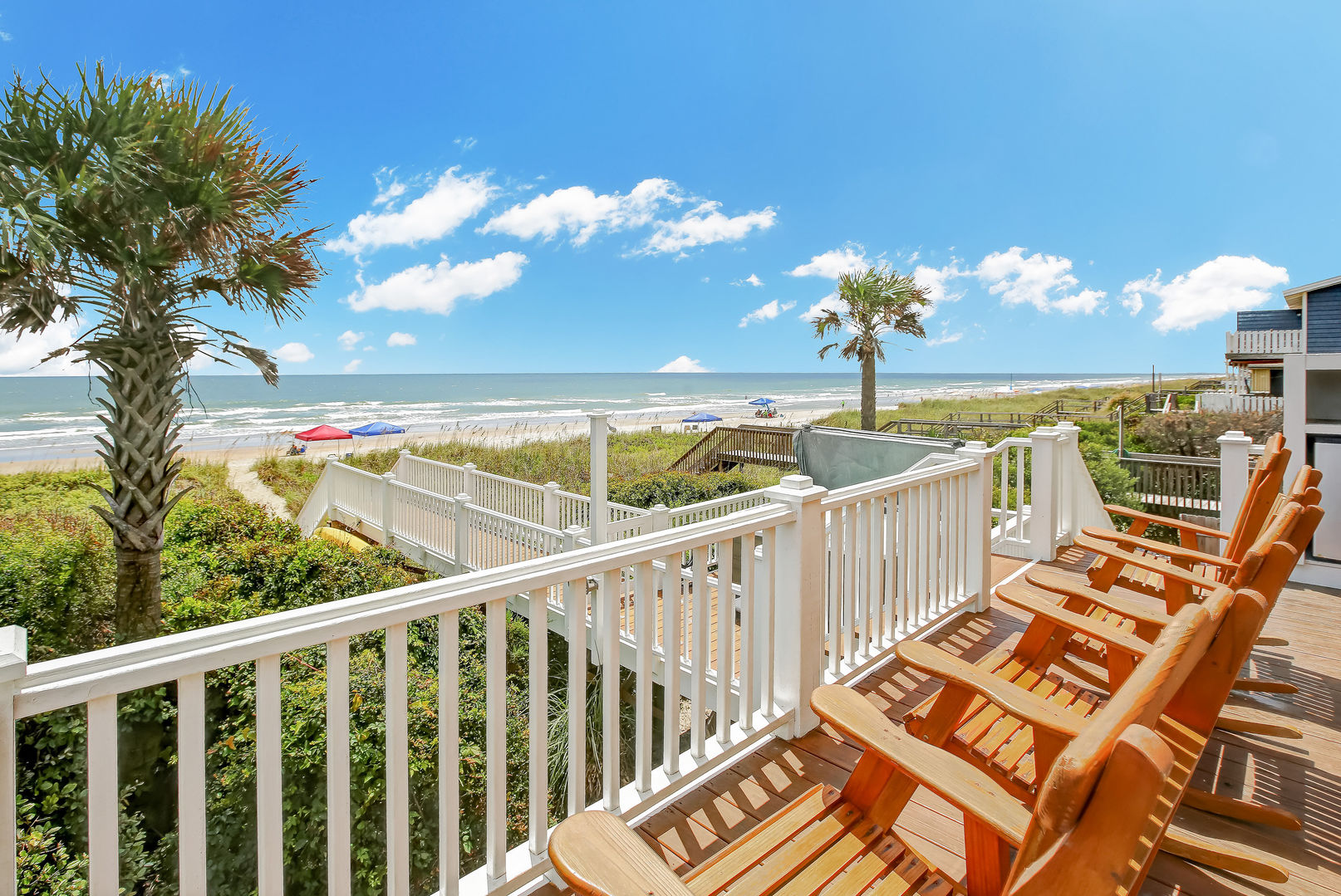The days are warming up and guests will soon be checking-in with their first objective to turn down the AC and get things cooled down. And then, the inevitable occurs and the heat pump freezes up. We tell guests in multiple ways to not turn the thermostat below 72 degrees, but . . . you know the drill; they do it anyway. There is a solution to avoid this scenario and it allows you to be in control of the thermostat.
Wi-Fi Smart Thermostats
Many of our owners have already selected and installed the solution – a Wi-Fi thermostat(s) or Smart Thermostat(s). Most of the Wi-Fi thermostats have the means of setting a lower limit temperature that will secure the thermostat so that it cannot be set below a temperature that you choose. With this type of thermostat, you can also adjust the temperature in the winter or when guests are not there to conserve electricity. PROACTIVE Vacation recommends that all owners consider installing this type of thermostat and set the lower limit temperature to 70 degrees. This still gives the guest an opportunity to have some control and they can still go below the 72 degrees that we recommend.
Save on Electric Bills
Multiple manufacturers offer these types of thermostats including Nest, Honeywell, Ecobee, and Google (others as well!). Some have other options as well, but most importantly, these thermostats allow you to control your HVAC system remotely. Brunswick Electric Membership Corporation actually has the best offer when you subscribe to their Energy Savings program. With this offer, you can purchase the Ecobee thermostats – the top rated thermostat – for $50.00 each. These thermostats are regularly priced at $249.00. BEMC calculates that you could experience savings up to 23% – a huge savings. For more information on this program and offer visit: https://www.bemc.org/.
Whether it is the Ecobee or one of the other brands, having the option to set the lower limit allows owners to experience a reduced electric bill and to avoid the unit freezing up by someone turning the thermostat too low. Be PROACTIVE; take control of your thermostat.






